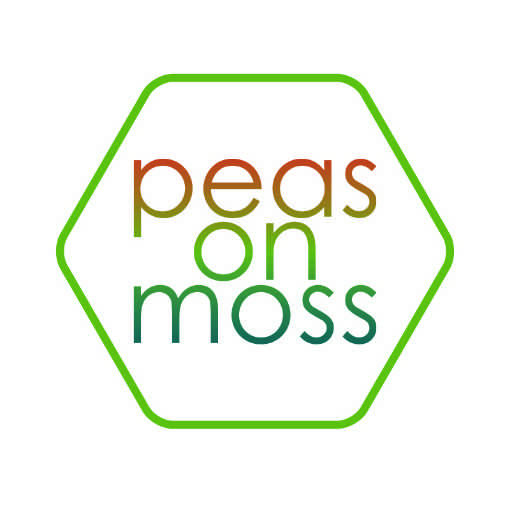My first steps were integral to getting to the point I am now.
First, I looked at the top schools and weighed my options.
I made a spreadsheet with all the schools that ended up on the top food science lists I could find on google. Then I started researching what I would need to do to get into one of these schools. 
Taking the GRE’s is an obvious one, and I spent a couple months studying for hours on weekends to prepare to take the test.
I also looked at pre-requisites to see if I would be disqualified from any of the programs. There were a couple schools that required statistics, but for the most part, since I majored in biochemical engineering my bases were covered. I had a list of 11 or so schools to work off of and I started to apply.
There was a lot of work in the beginning, creating all my application materials from scratch. I had to identify and contact the angels who would write letters of recommendation on my behalf. The standard was three, and this held for all the schools, so once they were contacted and I had provided them with enough information to write the letters, all I had to do was keep up with them to make sure they were submitting as each new application was completed.
Then there was the statement of purpose. Most online authorities on applying to graduate school stress the statement as the lynch pin of your application. I can’t confirm or deny this, but I did spend A LOT of time writing and re-writing the first one. Once I was satisfied with it I sent it out to friends and family for their thoughts and edits and then wrote it again.
After the first school’s statement I would tweak it a little. Sometimes this was out of necessity. A couple schools had a statement of purpose and then more detailed essay questions which covered topics I included in my statement. So I had to cut-and-paste and wordsmith to satisfy each school’s requirements. Many of the schools had character or word limits, so that would prompt editing as well. I also continued to read up on grad school applications. So every time I’d read some new insight I’d incorporate it and stress about the missteps I’d made in the applications that were already submitted.
The resume or CV is another element which was universal amongst the applications. Luckily, I had previously attended a military transition workshop, so my resume was polished and up to date. I did one big edit to target the resume to grad school and would make periodic updates as things changed, but that was about it for that.
Probably the biggest time-sink was reading up on professors at each university and contacting them about the possibility of them serving as my graduate advisor. It was also where I learned what food scientists actually did – so well worth the time! This was another subject where I did a ridiculous amount of research: reading blogs on how exactly one picks an advisor. Even more importantly I had to formulate a strategy on how to contact these potential advisors.
I drafted a short email that served as the basis for all my first contacts. With that I tried to apply to one school per week, not submitting the application until I had an advisor who at least didn’t say no.
My final big transformation happened when I was applying to UMass Amherst. Two professors there were working with “nutraceuticals” (wordplay with “nutrients” and “pharmaceuticals”) and how to increase the amount of the nutrients we absorb from our foods. Specifically, they were working with phytochemicals (chemicals from plants). The idea fascinated me, and I now knew where I was going to focus my studies. This cut a few schools from the list and many professors who’s work didn’t fit with my new interests. Granted, there is no guarantee you’ll experience this moment, but I recommend looking at as many professors as you can early on, to save yourself some money (each application usually costs between $50-$100) and a whole lot of time.
The added benefit of narrowing down my aspirations was now when I spoke with professors I could contribute to the conversation intelligently. Being informed on a lot of the literature pertaining to a small sector of a small field meant we were speaking the same language. I believe it also leant me a huge amount of credibility with the professors.
I remember reading a professor’s thoughts on statements of purpose, and he said that he had been told that a big factor in his acceptance was his proposal for a thesis. It was off the wall and not in the slightest feasible, but the effort in researching and thinking critically were exactly what they were looking for in a graduate student.
So here I am now. I’ve made numerous connections with professors in the top food science programs in the country. I will be attending University of Wisconsin at Madison under a research assistantship paying full tuition and stipend. As the days build to officially being a civilian and then becoming a student again I get more and more excited.
Like I said, this path will not work for everyone, but I hope this story inspires some career changers to go out there and pursue their dreams. Sometimes the winding path is the best one, or at least the most interesting. “Remembering you are going to die is the best way I know to avoid the trap of thinking you have something to lose. You are already naked. There is no reason not to follow your heart” – Steve Jobs





Recent Comments